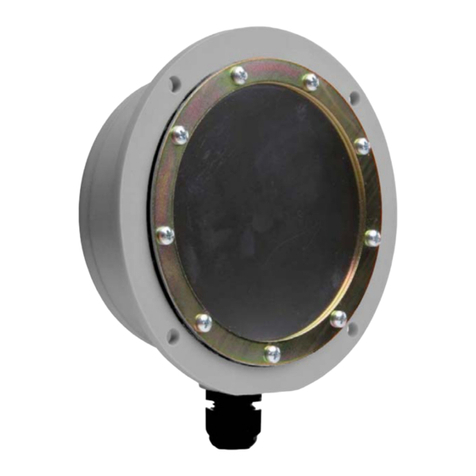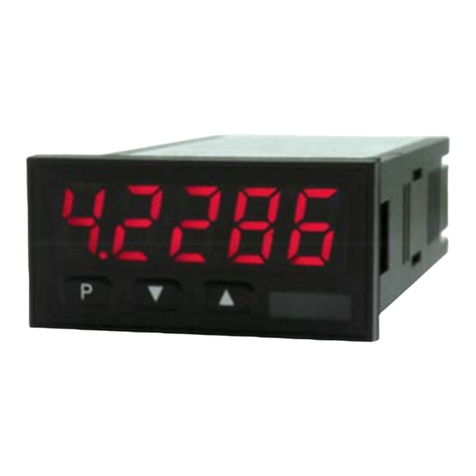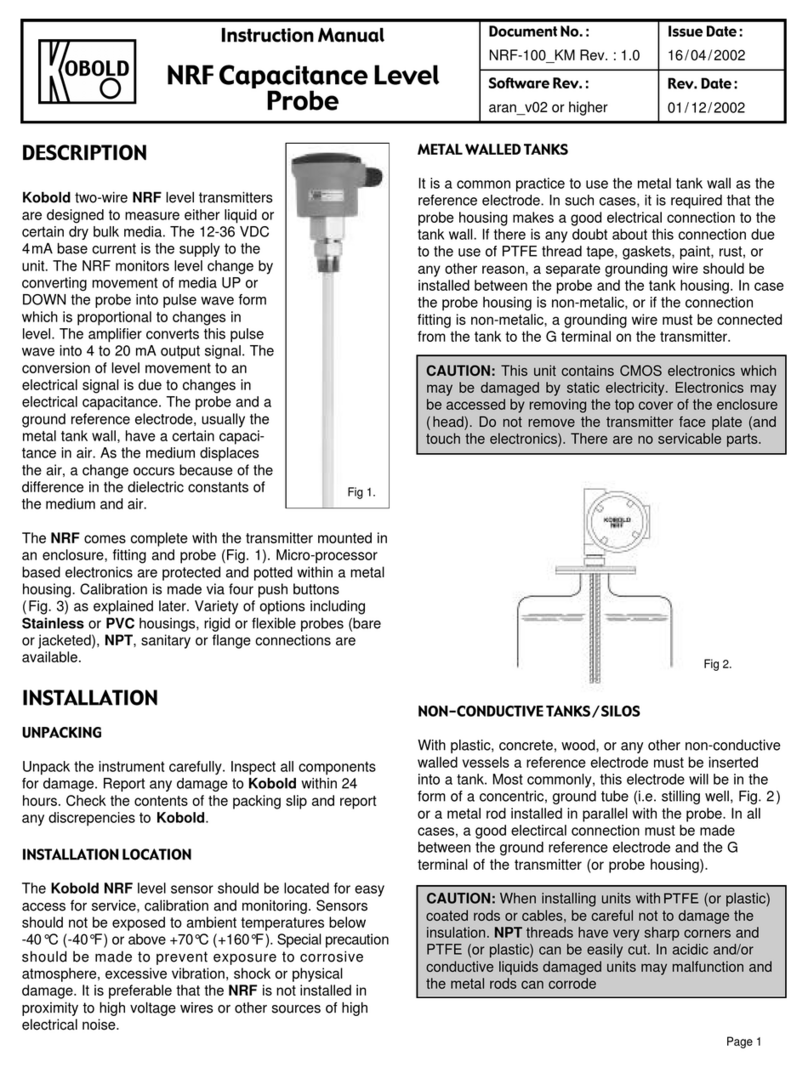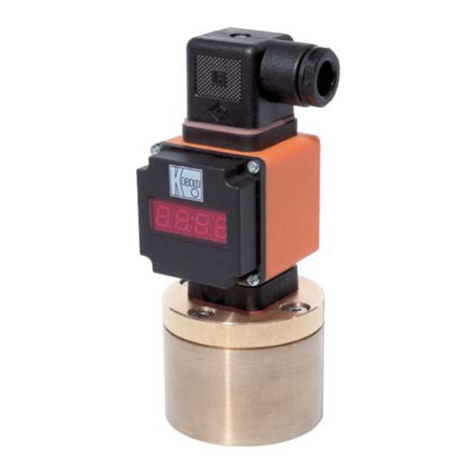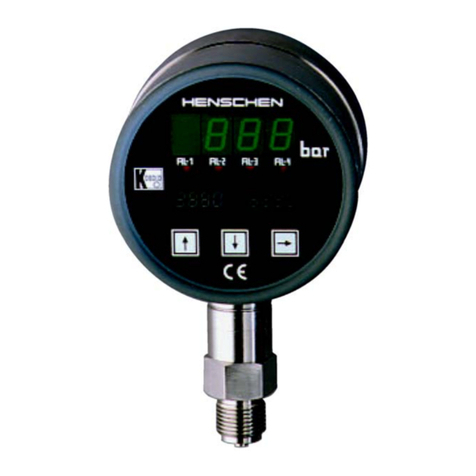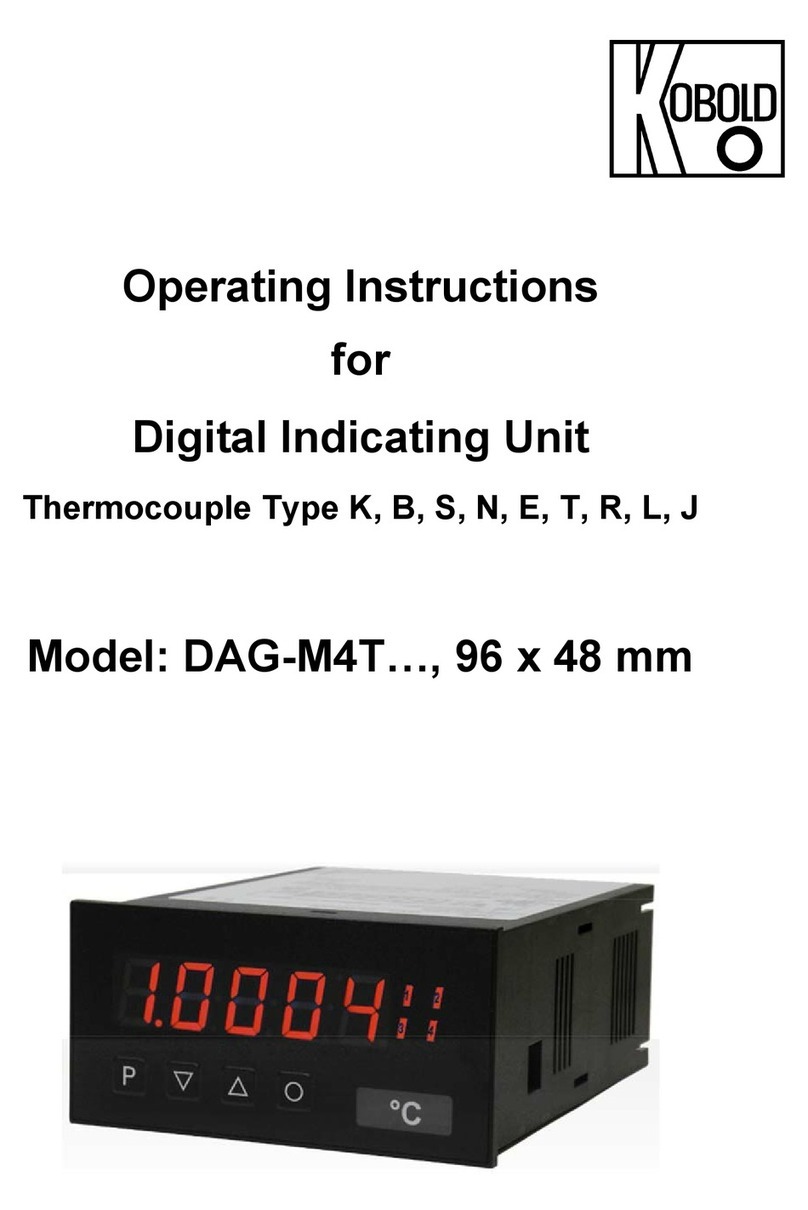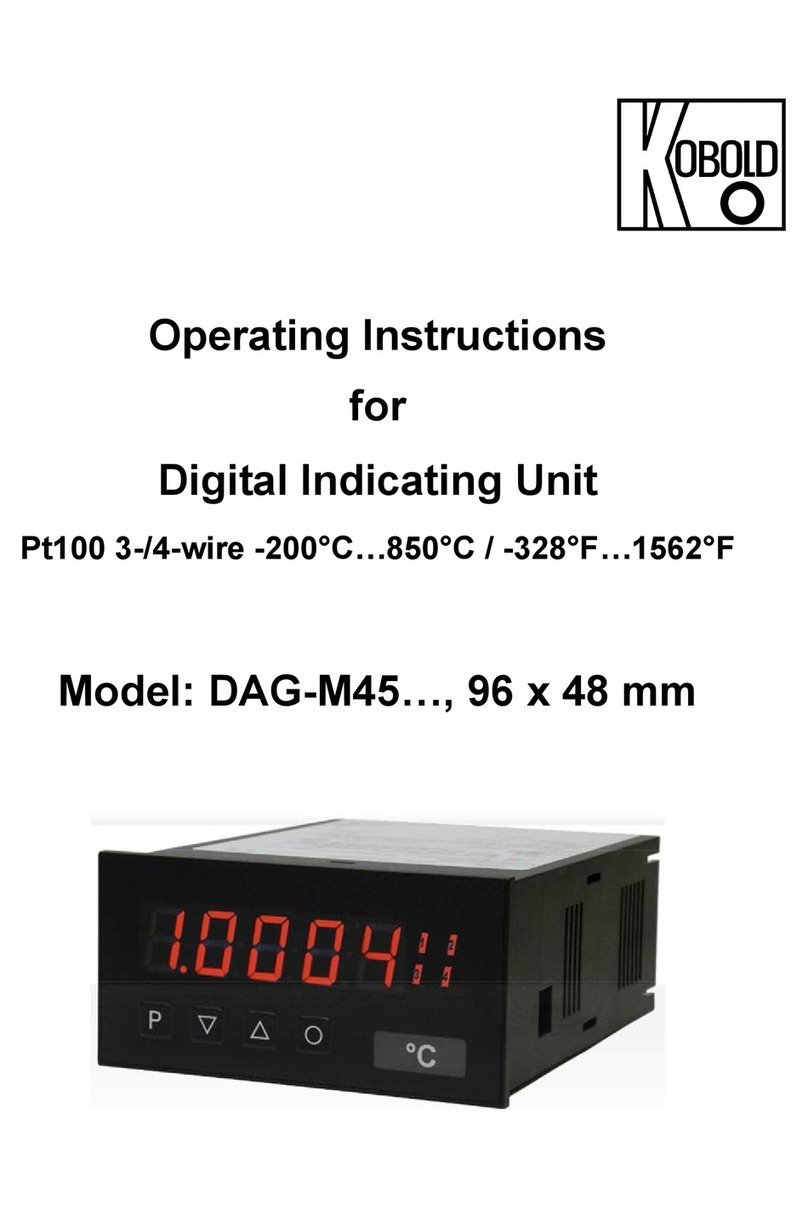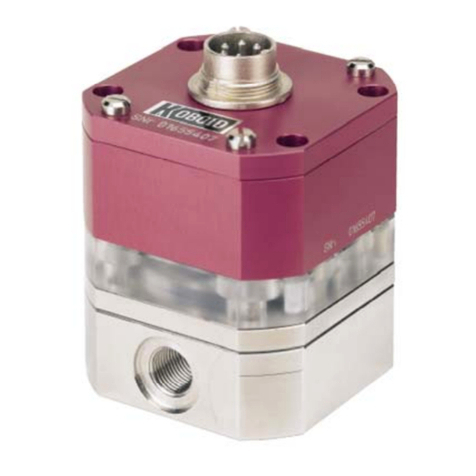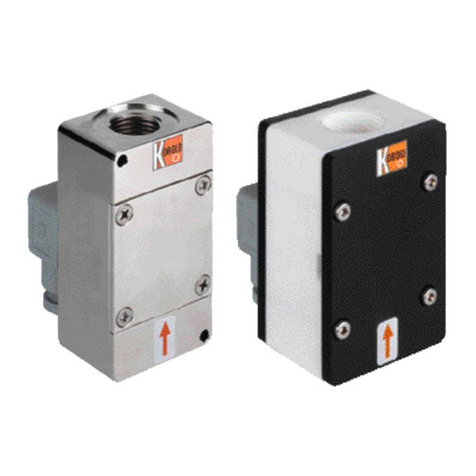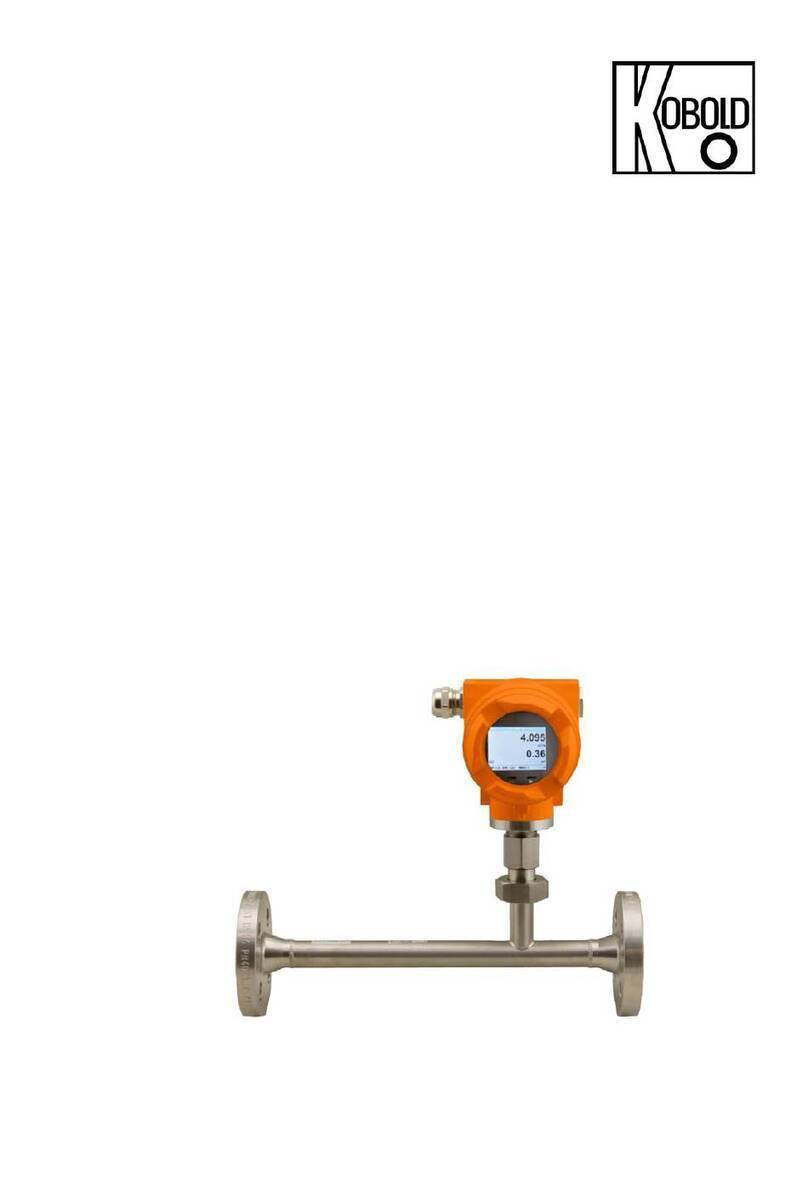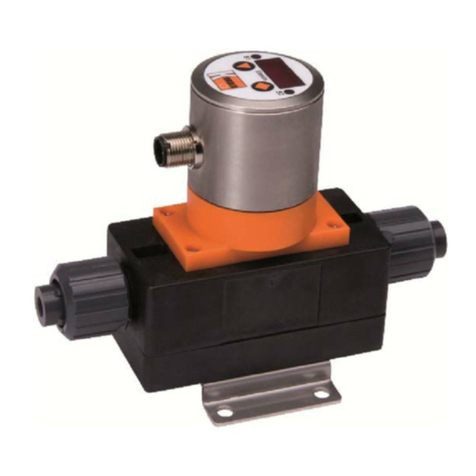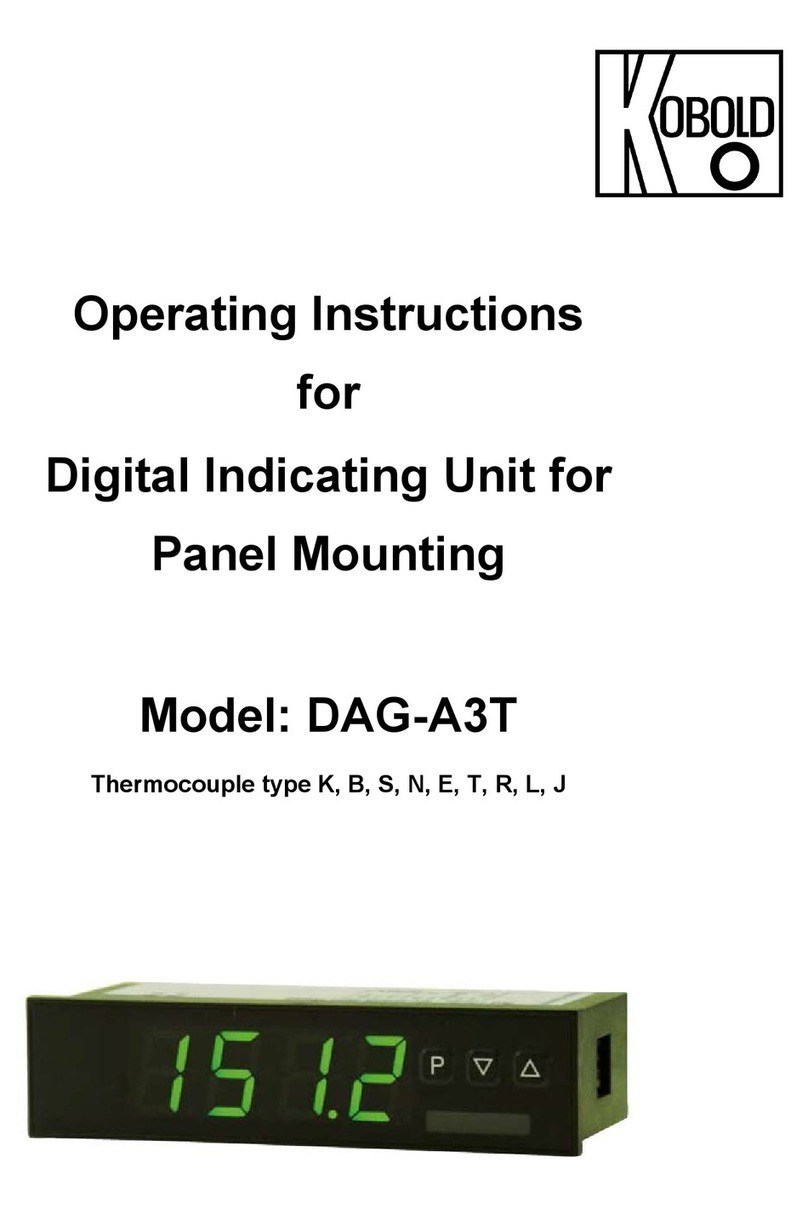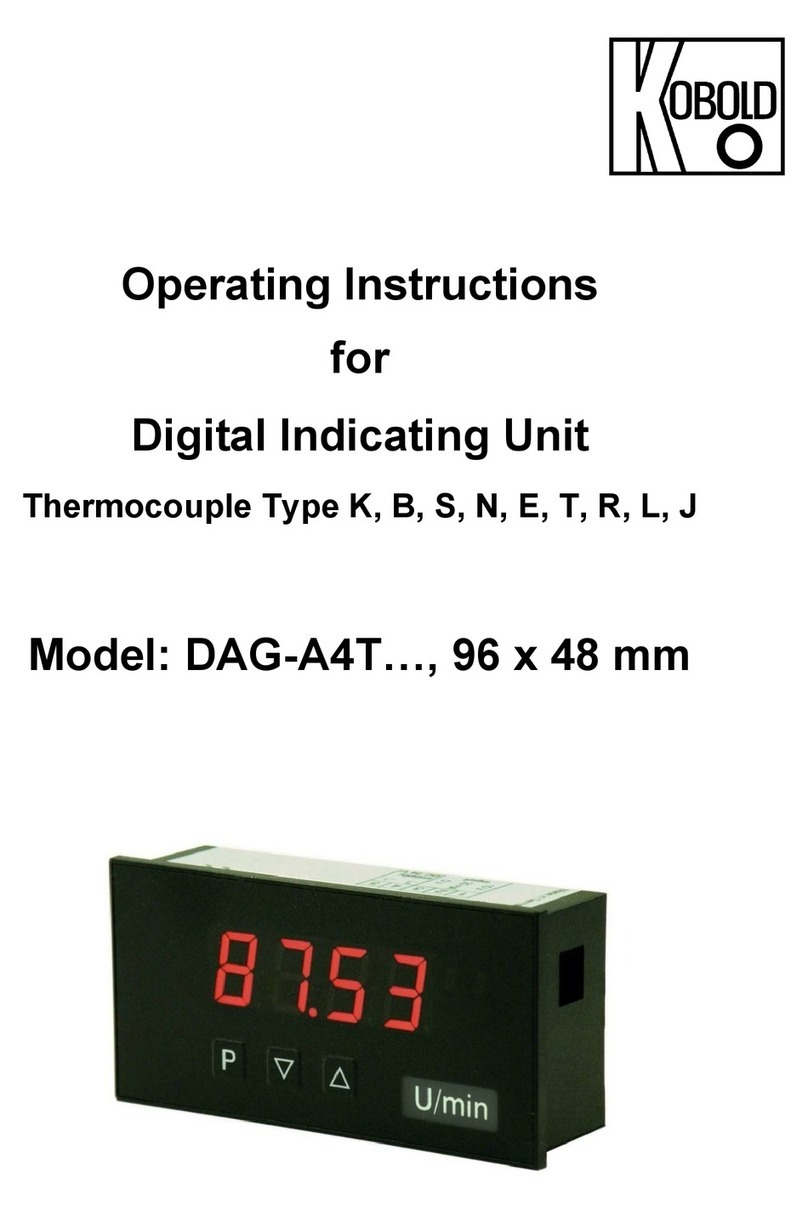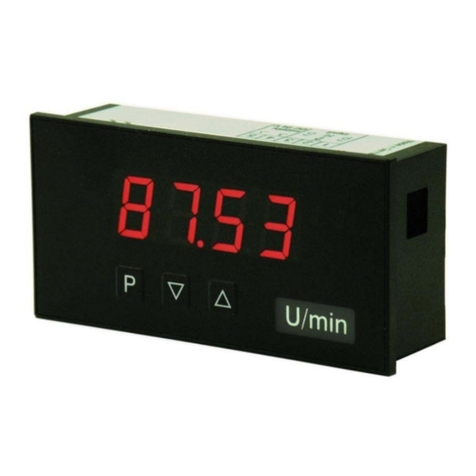
TIN-SS
page 2 TIN-SS K01/1023
We don’t accept warranty and liability claims neither upon this publication nor in
case of improper treatment of the described products.
The document may contain technical inaccuracies and typographical errors. The
content will be revised on a regular basis. These changes will be implemented in
later versions. The described products can be improved and changed at any time
without prior notice.
© Copyright
All rights reserved.
1. Contents
1.Contents ........................................................................................................ 2
2.Note .............................................................................................................. 4
3.Instrument Inspection .................................................................................... 4
4.Regulation Use ............................................................................................. 5
5.Operating Principle ........................................................................................ 6
5.1Default settings .................................................................................... 6
5.2General specifications.......................................................................... 8
5.3Electrical specifications ........................................................................ 8
5.4 Measurement specifications ............................................................. 10
5.5Optical charts ..................................................................................... 11
5.6 Close focus optics ............................................................................. 11
5.7LED-Functions ................................................................................... 12
6.Installation ................................................................................................... 14
6.1Mechanical Installation ...................................................................... 14
7.Electrical Installation ................................................................................... 17
7.1Digital communication ........................................................................ 18
7.2Open collector output ......................................................................... 18
8.Schematic circuit diagrams for maintenance applications ........................... 19
9.Software for parameterization ..................................................................... 20
9.1Installation .......................................................................................... 20
9.2Communication settings ..................................................................... 21
10.Basics of Infrared Thermometry .................................................................. 21
11.Emissivity .................................................................................................... 22
11.1Definition ............................................................................................ 22
11.2Determination of unknown emissivity ................................................. 22
11.3Characteristic emissivity .................................................................... 23
12.Maintenance ............................................................................................... 23
13.Technical Information .................................................................................. 24
14.Order Codes ............................................................................................... 24
15.Dimensions ................................................................................................. 24
16.Disposal ...................................................................................................... 25
17.EU Declaration of Conformance ................................................................. 26
18.Appendix A – Table of emissivity for metals ................................................ 27
